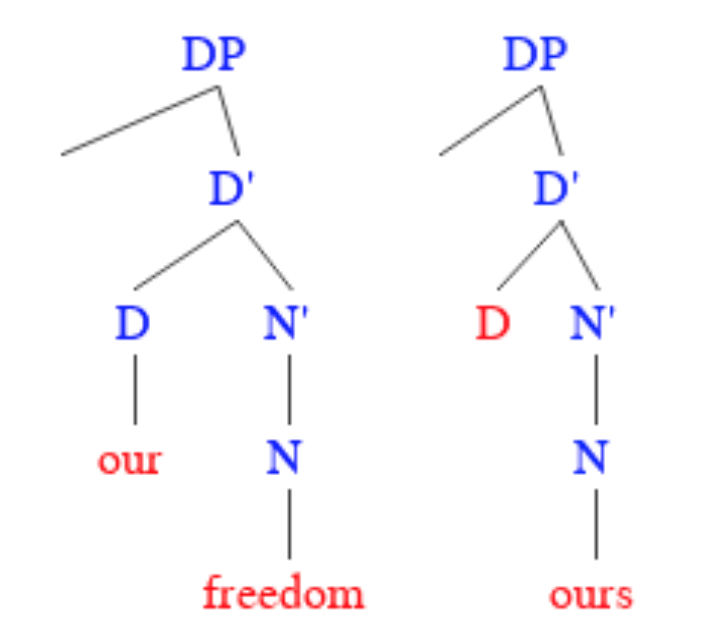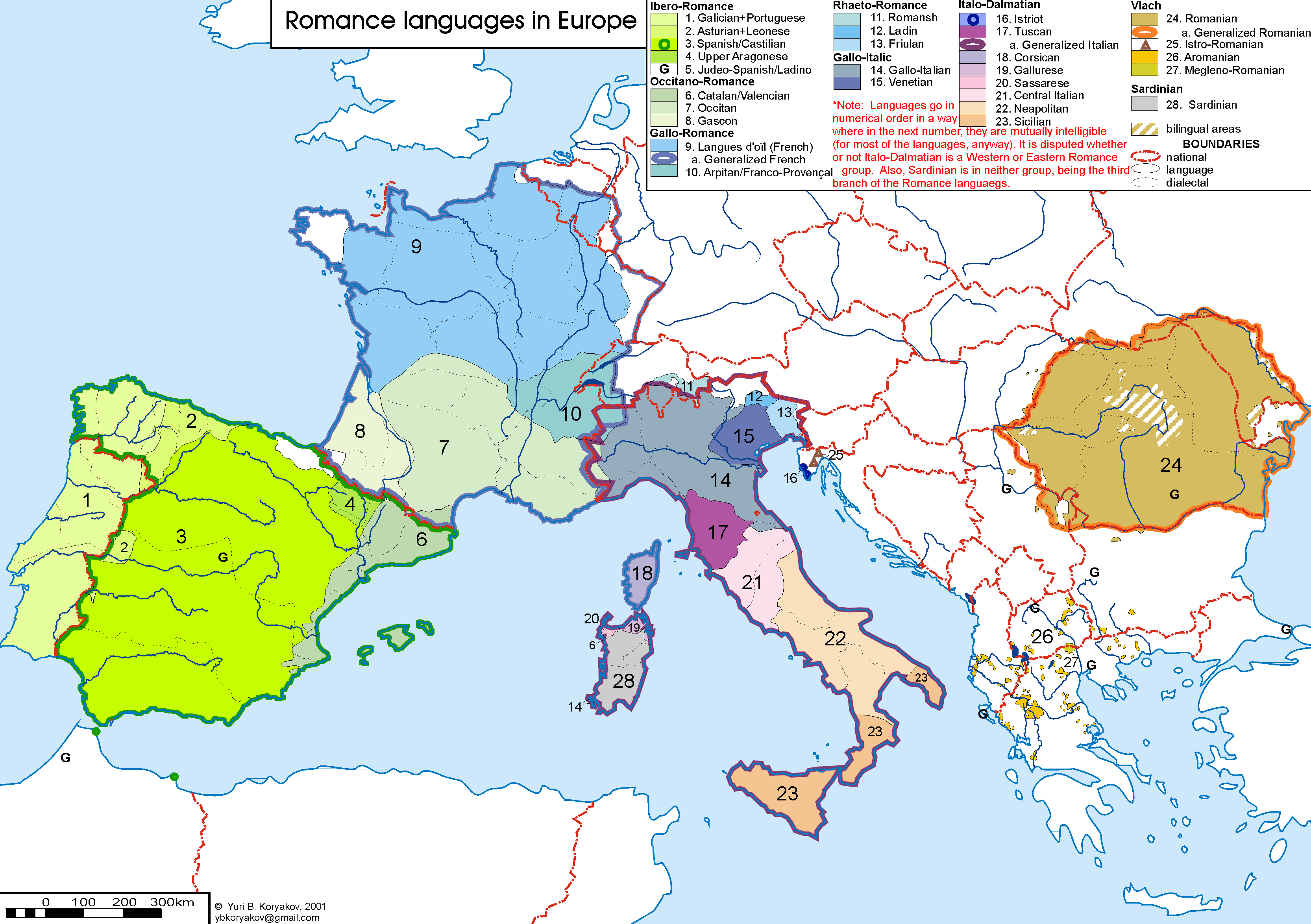|
Ambitransitive Verb
An ambitransitive verb is a verb that is both intransitive and transitive.Dixon, R.M.W. & Aikhenvald, Alexendra Y. Changing Valency: Case Studies in Transitivity. Cambridge University Press. This verb may or may not require a direct object. English has many ambitransitive verbs. Examples include ''read'', ''break'', and ''understand'' (e.g., "I read the book", saying what was read, or just "I read all afternoon"). Ambitransitive verbs are common in some languages, and much less so in other languages, where valency tends to be fixed, and there are explicit valency-changing operations (such as passive voice, antipassive voice, applicatives, causatives, etc.). Agentive and patientive Generally speaking, there are two types of ambitransitive verbs, distinguished by the alignment of the semantic roles of their arguments with their syntactic roles. Agentive Agentive (S = A) ambitransitives are those where the single argument of the intransitive (S) is agentive and it corresponds to ... [...More Info...] [...Related Items...] OR: [Wikipedia] [Google] [Baidu] |
Verb
A verb is a word that generally conveys an action (''bring'', ''read'', ''walk'', ''run'', ''learn''), an occurrence (''happen'', ''become''), or a state of being (''be'', ''exist'', ''stand''). In the usual description of English, the basic form, with or without the particle ''to'', is the infinitive. In many languages, verbs are inflected (modified in form) to encode tense, aspect, mood, and voice. A verb may also agree with the person, gender or number of some of its arguments, such as its subject, or object. In English, three tenses exist: present, to indicate that an action is being carried out; past, to indicate that an action has been done; and future, to indicate that an action will be done, expressed with the auxiliary verb ''will'' or ''shall''. For example: * Lucy ''will go'' to school. ''(action, future)'' * Barack Obama ''became'' the President of the United States in 2009. ''(occurrence, past)'' * Mike Trout ''is'' a center fielder. ''(state of bein ... [...More Info...] [...Related Items...] OR: [Wikipedia] [Google] [Baidu] |
Anticausative Verb
An anticausative verb (abbreviated ) is an intransitive verb that shows an event affecting its subject, while giving no semantic or syntactic indication of the cause of the event. The single argument of the anticausative verb (its subject) is a patient, that is, what undergoes an action. One can assume that there is a cause or an agent of causation, but the syntactic structure of the anticausative makes it unnatural or impossible to refer to it directly. Examples of anticausative verbs are ''break'', ''sink'', ''move'', etc. Anticausative verbs are a subset of unaccusative verbs. Although the terms are generally synonymous, some unaccusative verbs are more obviously anticausative, while others (''fall'', ''die'', etc.) are not; it depends on whether causation is defined as having to do with an animate volitional agent (does "falling" mean "being accelerated down by gravity" or "being dropped/pushed down by someone"? Is "old age" a causation agent for "dying"?). A distinction must ... [...More Info...] [...Related Items...] OR: [Wikipedia] [Google] [Baidu] |
Transitivity (grammar)
Transitivity is a linguistics property that relates to whether a verb, participle, or gerund denotes a Object (grammar), transitive object. It is closely related to valency (linguistics), valency, which considers other argument (linguistics), arguments in addition to transitive objects. English grammar makes a binary distinction between intransitive verbs (e.g. ''arrive'', ''belong'', or ''die'', which do not denote a transitive object) and transitive verbs (e.g., ''announce'', ''bring'', or ''complete'', which must denote a transitive object). Many languages, including English, have ditransitive verbs that denote two objects, and some verbs may be ambitransitive verb, ambitransitive in a manner that is either transitive (e.g., "I ''read'' the book" or "We ''won'' the game") or intransitive (e.g., "I ''read'' until bedtime" or "We ''won''") depending on the given context. History The notion of transitivity, as well as other notions that today are the basics of linguistics, ... [...More Info...] [...Related Items...] OR: [Wikipedia] [Google] [Baidu] |
Valency (linguistics)
In linguistics, valency or valence is the number and type of arguments and complements controlled by a predicate, content verbs being typical predicates. Valency is related, though not identical, to subcategorization and transitivity, which count only object arguments – valency counts all arguments, including the subject. The linguistic meaning of valency derives from the definition of valency in chemistry. Like valency found in chemistry, there is the binding of specific elements. In the grammatical theory of valency, the verbs organize sentences by binding the specific elements. Examples of elements that would be bound would be the complement and the actant. Although the term originates from valence in chemistry, linguistic valency has a close analogy in mathematics under the term arity. The valency metaphor appeared first in linguistics in Charles Sanders Peirce's essay "The Logic of Relatives" in 1897, and it then surfaced in the works of a number of linguists decade ... [...More Info...] [...Related Items...] OR: [Wikipedia] [Google] [Baidu] |
Labile Verb
In general linguistics, a labile verb (or ergative / diffused / ambivalent verb) is a verb that undergoes causative alternation; that is, it can be used both transitively and intransitively, with the requirement that the direct object of its transitive use corresponds to the subject of its intransitive use, as in "I ring the bell" and "The bell rings." Labile verbs are a prominent feature of English, and also occur in many other languages. This behavior can be seen as evidence that the distribution of verb classes in that language does not depend on transitivity. In this respect, it is a phenomenon that is common to both Active languages and Ergative languages. This is because they are often not possible to distinguish between transitive and intransitive verbs in terms of word formation or morphology. They have the same morphological form or suffix regardless of whether they are transitive or intransitive, and the transitivity or intransitivity of the verb is determined by the co ... [...More Info...] [...Related Items...] OR: [Wikipedia] [Google] [Baidu] |
Diathesis Alternation
In linguistics, diathesis alternation or verb alternationLevin, B. (1993) English Verb Classes and Alternations: A Preliminary Investigation, University of Chicago Press, Chicago, IL occurs when the same verb can be used in different subcategorization frames or with different valency, as in "Fred ate the pizza" (where ''ate'' is transitive, with object "the pizza") vs. "Fred ate" (where ''ate'' is intransitive, with no object). The two usages usually have a slight difference in meaning. Using a single verb, one can also change the position of a phrase's arguments which may or may not change the sentence's meaning as well. It is a hard problem for theoretical linguistics how to encode constraints on the diathesis alternation of a specific verb to a lexicon. It is also claimed that the manner in which verbs undergo diathesis alternation can be used to identify the semantic class they belong to e.g. in a machine learning task. Examples * Fred ate the pizza vs. Fred ate * Mary brok ... [...More Info...] [...Related Items...] OR: [Wikipedia] [Google] [Baidu] |
Animacy
Animacy (antonym: inanimacy) is a grammatical and semantic feature, existing in some languages, expressing how sentient or alive the referent of a noun is. Widely expressed, animacy is one of the most elementary principles in languages around the globe and is a distinction acquired as early as six months of age. Concepts of animacy constantly vary beyond a simple animate and inanimate binary; many languages function off an hierarchical general animacy scale that ranks animacy as a "matter of gradience". Typically (with some variation of order and of where the cutoff for animacy occurs), the scale ranks humans above animals, then plants, natural forces, concrete objects, and abstract objects, in that order. In referring to humans, this scale contains a hierarchy of persons, ranking the first- and second-person pronouns above the third person, partly a product of empathy, involving the speaker and interlocutor. It is obvious that the ability to distinguish between animate and i ... [...More Info...] [...Related Items...] OR: [Wikipedia] [Google] [Baidu] |
Spanish Language
Spanish () or Castilian () is a Romance languages, Romance language of the Indo-European languages, Indo-European language family that evolved from the Vulgar Latin spoken on the Iberian Peninsula of Europe. Today, it is a world language, global language with 483 million native speakers, mainly in the Americas and Spain, and about 558 million speakers total, including second-language speakers. Spanish is the official language of List of countries where Spanish is an official language, 20 countries, as well as one of the Official languages of the United Nations, six official languages of the United Nations. Spanish is the world's list of languages by number of native speakers, second-most spoken native language after Mandarin Chinese; the world's list of languages by total number of speakers, fourth-most spoken language overall after English language, English, Mandarin Chinese, and Hindustani language, Hindustani (Hindi-Urdu); and the world's most widely spoken Romance language ... [...More Info...] [...Related Items...] OR: [Wikipedia] [Google] [Baidu] |
Pronoun
In linguistics and grammar, a pronoun (Interlinear gloss, glossed ) is a word or a group of words that one may substitute for a noun or noun phrase. Pronouns have traditionally been regarded as one of the part of speech, parts of speech, but some modern theorists would not consider them to form a single class, in view of the variety of functions they perform cross-linguistically. An example of a pronoun is "you", which can be either singular or plural. Sub-types include personal pronoun, personal and possessive pronouns, reflexive pronoun, reflexive and reciprocal pronoun, reciprocal pronouns, demonstrative pronouns, relative pronoun, relative and interrogative pronouns, and indefinite pronouns. The use of pronouns often involves anaphora (linguistics), anaphora, where the meaning of the pronoun is dependent on an antecedent (grammar), antecedent. For example, in the sentence ''That poor man looks as if he needs a new coat'', the meaning of the pronoun ''he'' is dependent on its ... [...More Info...] [...Related Items...] OR: [Wikipedia] [Google] [Baidu] |
Clitic
In morphology and syntax, a clitic ( , backformed from Greek "leaning" or "enclitic"Crystal, David. ''A First Dictionary of Linguistics and Phonetics''. Boulder, CO: Westview, 1980. Print.) is a morpheme that has syntactic characteristics of a word, but depends phonologically on another word or phrase. In this sense, it is syntactically independent but phonologically dependent—always attached to a host.SIL International (2003). SIL Glossary of Linguistic Terms: What is a clitic? "This page is an extract from the LinguaLinks Library, Version 5.0 published on CD-ROM by SIL International, 2003." Retrieved from . A clitic is pronounced like an affix, but plays a syntactic role at the phrase level. In other words, clitics have the ''form'' of affixes, but the distribution of function words. Clitics can belong to any grammatical category, although they are commonly pronouns, determiners, or adpositions. Note that orthography is not always a good guide for distinguishing clitic ... [...More Info...] [...Related Items...] OR: [Wikipedia] [Google] [Baidu] |
Pseudo-reflexive Verb
In grammar, a reflexive verb is, loosely, a verb whose direct object is the same as its subject, for example, "I wash myself". More generally, a reflexive verb has the same semantic agent and patient (typically represented syntactically by the subject and the direct object). For example, the English verb ''to perjure'' is reflexive, since one can only perjure ''oneself''. In a wider sense, the term refers to any verb form whose grammatical object is a reflexive pronoun, regardless of semantics; such verbs are also more broadly referred to as pronominal verbs, especially in the grammar of the Romance languages. Other kinds of pronominal verbs are reciprocal (''they killed each other''), passive (''it is told''), subjective, and idiomatic. The presence of the reflexive pronoun changes the meaning of a verb, e.g., Spanish , . There are languages that have explicit morphology or syntax to transform a verb into a reflexive form. In many languages, reflexive constructions are rendered ... [...More Info...] [...Related Items...] OR: [Wikipedia] [Google] [Baidu] |
Romance Language
The Romance languages, also known as the Latin or Neo-Latin languages, are the languages that are Language family, directly descended from Vulgar Latin. They are the only extant subgroup of the Italic languages, Italic branch of the Indo-European languages, Indo-European language family. The five list of languages by number of native speakers, most widely spoken Romance languages by number of native speakers are: * Spanish language, Spanish (489 million): official language in Spain, Mexico, Equatorial Guinea, the Sahrawi Arab Democratic Republic, SADR, Cuba, Dominican Republic, Puerto Rico and most of Central America, Central and South America * French language, French (310 million): official in 26 countries * Portuguese language, Portuguese (240 million): official in Portugal, Brazil, Portuguese-speaking African countries, Portuguese-speaking Africa, Timor-Leste and Macau * Italian language, Italian (67 million): official in Italy, Vatican City, San Marino, Switzerland; mi ... [...More Info...] [...Related Items...] OR: [Wikipedia] [Google] [Baidu] |


